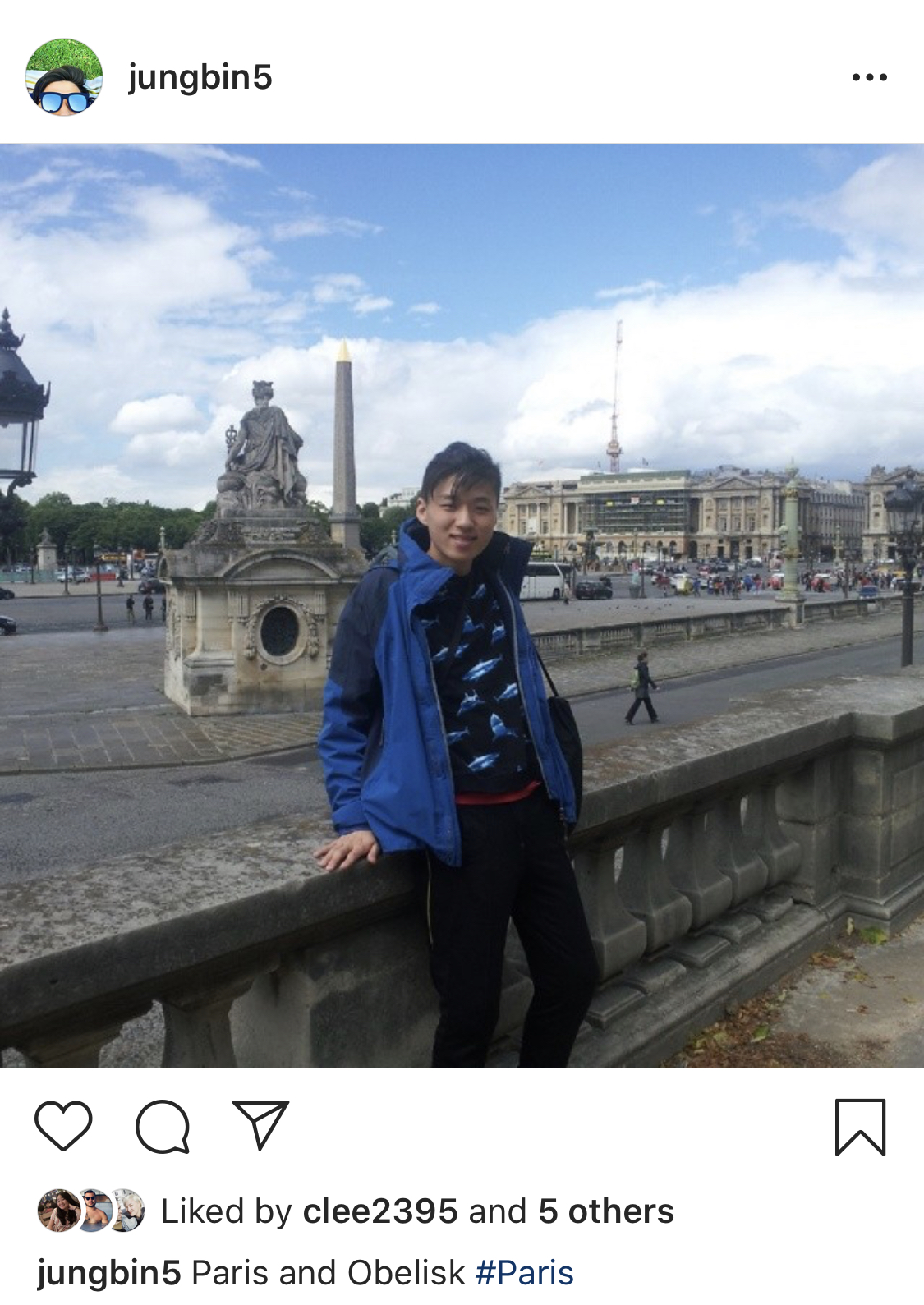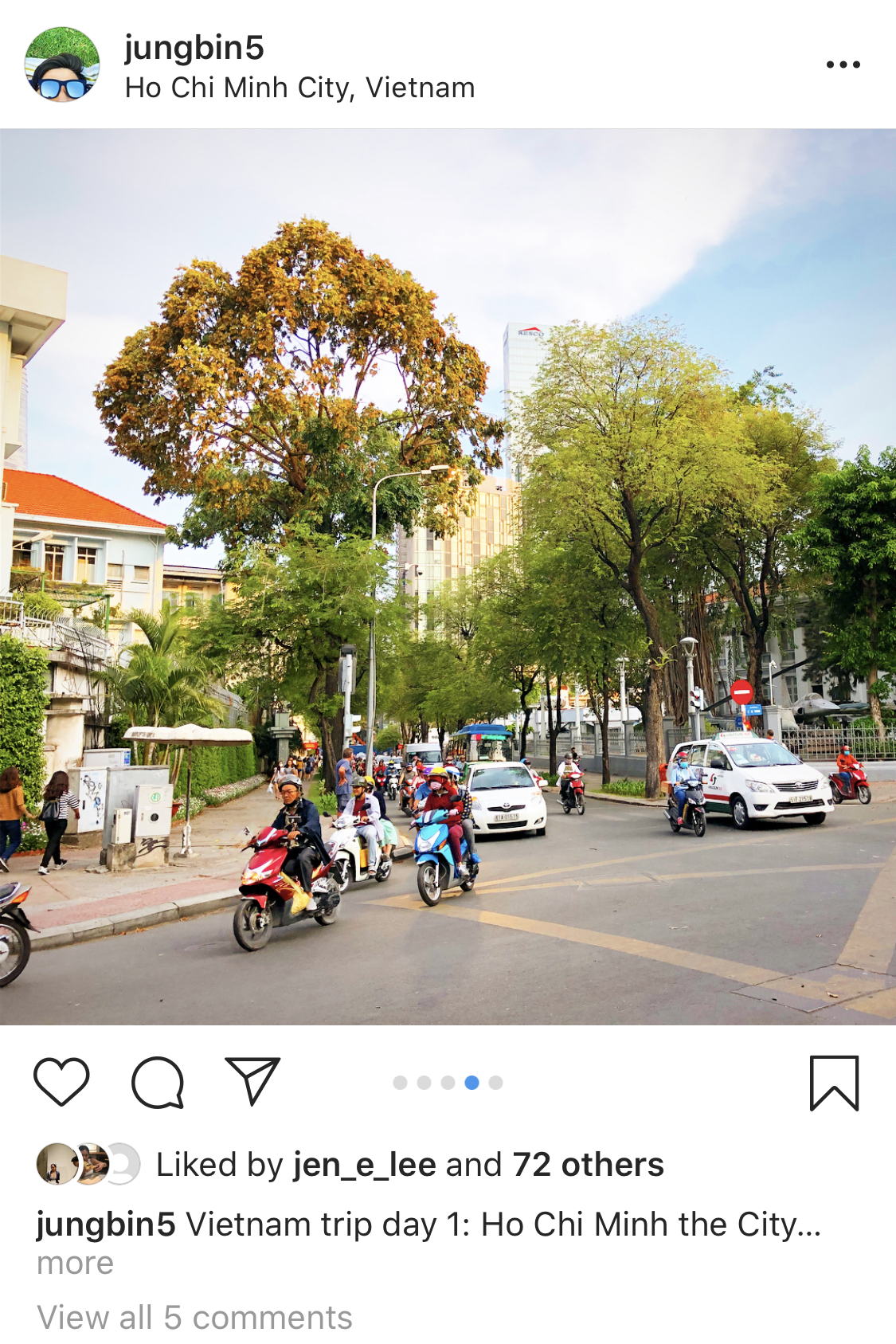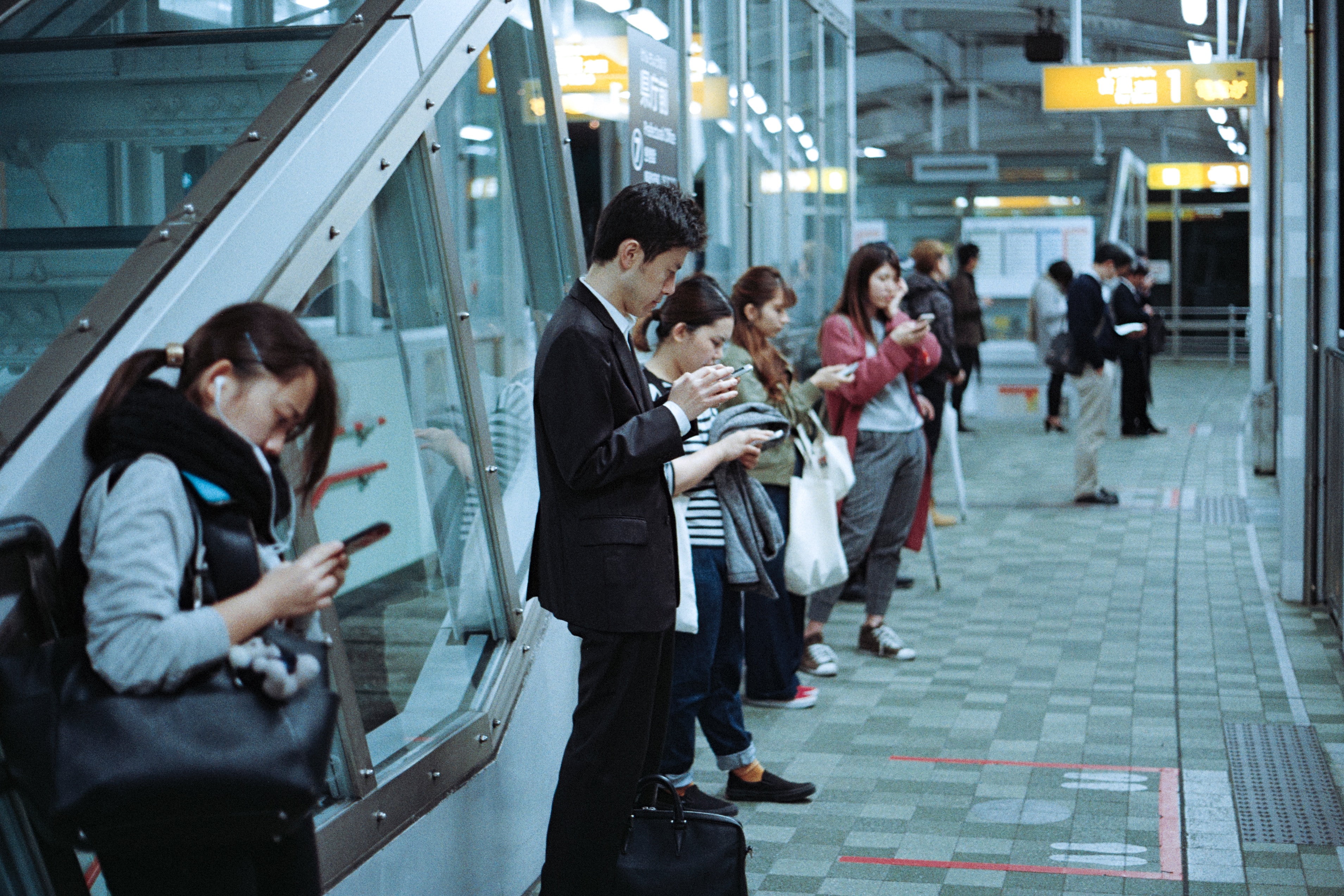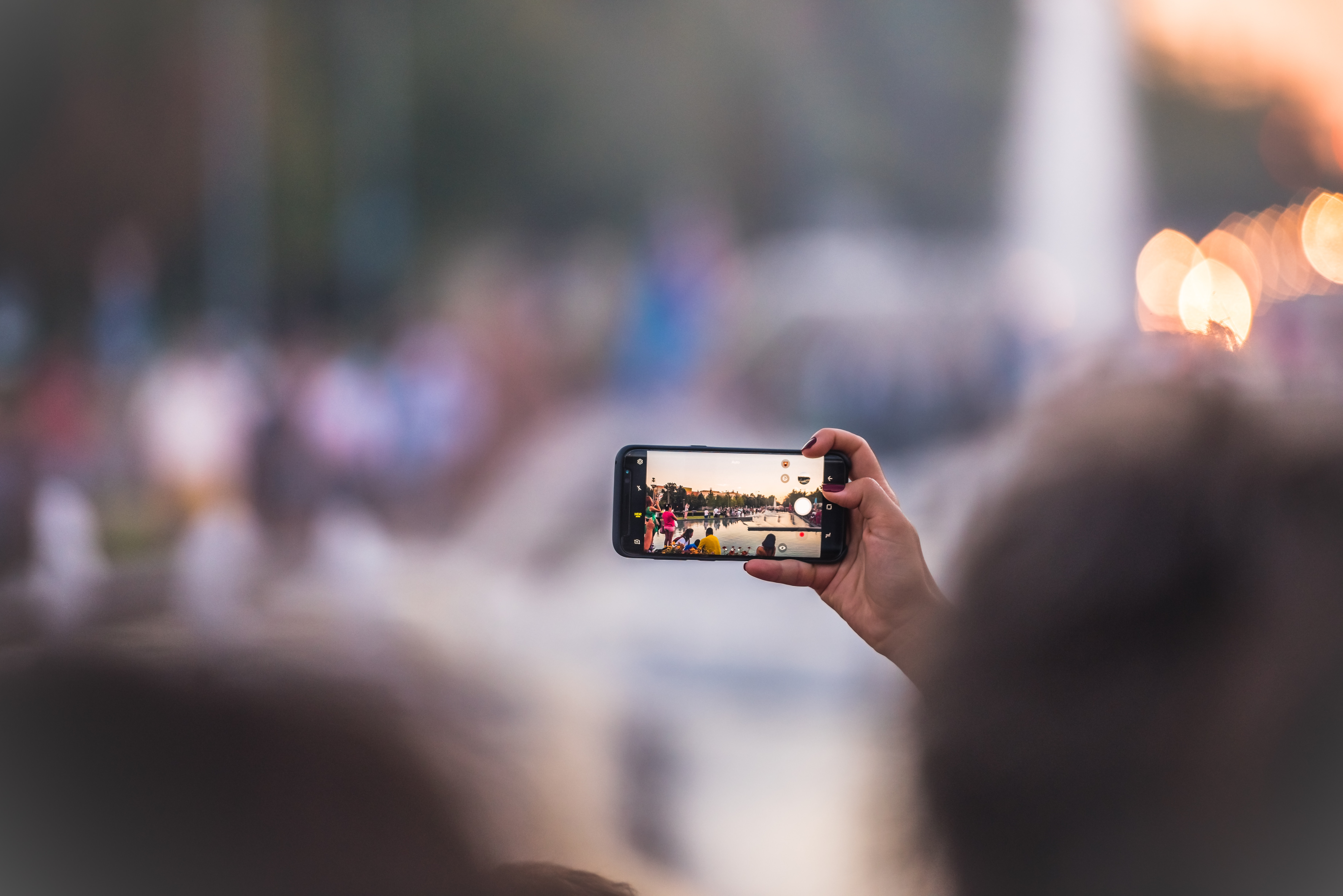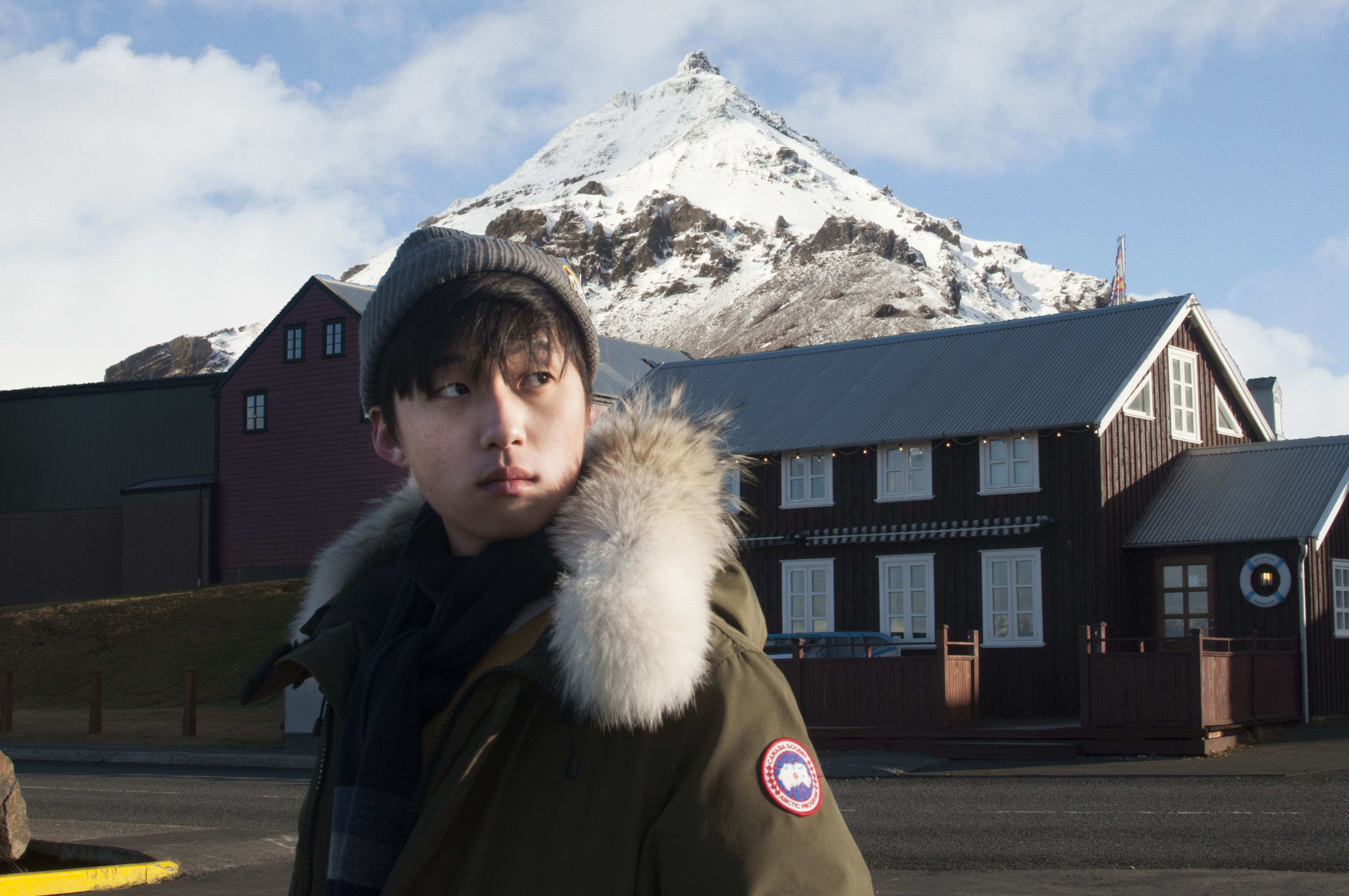Social Capital and Mirroring
The literature search starts by understanding the scholastic definition of social media. Social media create networked publics that are distinct from unmediated publics in real life. With the features of persistence, searchability, replicability, and the invisibility of their audience (Aricak, Dunbar, and Saldana 2015: 363), users of social media create their own online identity. Online identity is rooted in reality (Yuan 2018: 50), but it is also adjustable. Users of social media can mediate online representations appropriate to different situations and audiences (Papacharissi 2009: 207). There are two main groups of users in social media that this research focuses on: college students and tourists. Existing literature mainly focuses on why college students and tourists are actively involved in social media activities and how their online presence influences each other's real-life experience.
Uses and gratification theory(UGT) explains one of the most important motivation for using social media. According to UGT, media help people to satisfy their informational, social and leisure needs(Phua et al 2017:115). That is social media provides diverse forms of social capital to users. While the concept of social media is broad, this research focuses on social capital’s function that helps people to achieve individual goals through productive social activities. Social media is a tool for communication and information, and people online formulate the network of trust and tie (Phua et al 2017:116).
Depending on the type of social capital that the user aims to achieve, the contents that they produce can show differences. The source of content can be friends, followers, search, hashtag, and location tag. Contents they consume eventually influence the choices that they make in the real world, and that is where the mirroring effect theory can be helpful to understand the phenomenon. The psychologists actively use the concept of mirroring to explain the maternal-infant relationship. That is, infants learn social behaviors and emotions through imitating their mother’s facial expression and emotion (Bigelow 2018: 367). As such, users also echo other users who have the characteristics that they want to embody, which leads them to reproduce the experience. The reproduced experiences that users share on Instagram functions as the continuous flow of motivations for other users.
College Students

Photo by Brooke Cagle on Unsplash
The issue of forming an identity may explain the reason why college students actively use social media. Identity has five functions, according to Adams and Marshall (1996: 433). First, it provides a structure of self-understanding. Second, it provides meaning and directions through commitments, values, and goals. Third, it provides a sense of free will. Forth, it strives for consistency, coherence, and harmony between values, beliefs, and commitments. Finally, it enables the recognition of potential. College students are in the age when they are somewhat pressured and eager to build their own identity (Aricak et al. 2015: 362). Because different generations of young people who belong to different waves of historical events cannot identically form their identity (Erikson 1968: 15), the current method of forming identity is different from that of older generations. The young-aged college students born in the starting stage of the information age actively embrace the benefits of the internet, and their quick adaptation to the trend of creating an online identity is distinguishable from the older generations. College students utilize social media platforms like Instagram, Facebook, and Twitter to engage with society and construct their own identity.
Constructing an identity is not the only reason why college students use social media. The perceived ease of use, according to the study on Instagram usage of Korean college students by Hwang and Cho (2018: 1305), is another factor that draws college students' interest. The study measures the influence of the technology acceptance model (perceived ease of use and perceived usefulness) and uses and gratifications theory (social interaction, entertainment, information, and self-expression) to discover that perceived ease of use was the primary reason why college students use Instagram. Instagram, the platform mostly favored by college students, allows those with smartphones to take photos and share them easily as long as they have internet access.
The study also notes that social interaction is another important reason why college students use social media (Hwang and Cho 2018: 1311). Students prefer different platforms depending on whom they interact with, and the comparative study between platforms conduct by Yang and Lee (2018: 7) illustrates how they communicate with the society through social media. It defines four groups of people that college students interact with through social media: on-campus peers, off-campus peers, family, and strangers. Among them, on-campus peers are the group that college students mostly interacted with, primarily through the use of Instagram. They communicate with family and off-campus peers as well, usually with Facebook. They mainly used Twitter to communicate with strangers because the platform focuses on text-based interactions with the general public.
The social media platforms commonly serve the purpose of social interactions, but studies above show that students separate target audiences into different platforms. The research by Shane-Simpson, Manago, Gaggi, and Gillespie-Lynch (2018) answers why students tend to separate target audiences into different platforms. Facebook users mainly interact with family or off-campus friends because the platform forces reciprocal connections by limiting the access to profile only to "friends." On the other hand, Instagram and Twitter users only need to "follow" to access other user's online identities, which promotes their interactions with on-campus friends or strangers (Shane-Simpson et al. 2018: 276).
Finally, college students use social media to self-express, as it allows more autonomy, control and expressive capabilities that enable connections with like-minded individuals (Ivanyi, 2017: 4; Shane-Simpson at al 2018: 277). Therefore, multiple features of social media platforms—text, image, video, and live streaming— attempt to fulfill college students' desire to self-express. The platforms specialized in visual representations—Instagram and Twitter—most efficiently support users' attempts to self-express (Shane-Simpson at al 2018: 284). They do so by condensing a significant amount of information into a single post and reaching out to the broader range of audience. Individuals have different hobbies and interests, and "what that person does" partially defines identity. If the student likes to play music in real life, verbally describing one's identity as a musician to someone else takes a long time, and the number of audiences is limited. In social media, people can share the visual narration that condenses a significant amount of information into a short content that widens the pool of audience (Yuan 2018: 44). Users can express their multifaceted interests in countless ways in social media, which attract numerous college students to create their online identity.
Travelers

Photo by Dino Reichmuth on Unsplash
Travelers who use social media are similar to college students in a way both groups "share" their experience to identify them as a "world traveler" or "adventurer," but they target different pools of audience. Amaro, Duarte, and Henriques (2016 : 3) divides the stage of traveler's social media interactions into three stages: before, during, and after the trip. Before the trip, travelers aim to earn information from other travelers through social media, because they need to search for which destination, airline company, or hotel to choose. Travel requires time, money, and energy, which leads travelers to avoid risks. Also, they aspire to have an enjoyable travel experience. As Yuan (2018: 50) explains, contents that users create on social media contain condensed information, and that visual narrative becomes a good source of information when deciding whether or not to travel a specific location. Also, the visual interactions implement expectations to people, which makes preparing more enjoyable. During the travel, the amount of consumption of social media contents is more substantial than production. After the travel, only around 17% of travelers who use social media produce contents that share their experience (Amaro et al. 2016: 4). This tendency reveals that the majority of travelers use social media to gain information, and the influence that producers of social media contents has over preparing and shaping travel experience is remarkably enormous.
Munar and Jacobsen (2014 : 47) have conducted a study about traveler's motivations to share their experiences on social media. They state that the increased feeling of self-efficacy and desire to fulfill self-esteem are the primary reasons why travelers produce content. Travelers who share real-time experience entail increased possibility for self-directed connectivity. Also, they improve the aesthetics of their experience to achieve identity as the world traveler or adventurer (Smith 2018: 180). That is, their self-centered motivation to gain respect and recognition reflects their desire to engage with the social media community that they belong to actively. 40% of content producers say they aim to share the knowledge that can minimize risks of others, and that active participation in social media positively impacts their sense of belonging to the online community.
Boy and Uitermark raise the awareness of increasing inequality caused by travelers' desire to aestheticize their experience. Because Instagram is a platform that presents an augmented representation of users' life, it provides consumers the social pressure to do special activities (2015:17). The consumers who achieve the traveling information via producers decide the destination that can elevate the status at the Instagram community, which brings disparities between 'Instagrammable' and 'Non-Instagrammable' spots. The locations that can most effectively create the 'Instagrammable' image is limited. As a result, the polarization of attention between popular and unpopular spots increases (Boy and Uitermark 2015: 2). The cycle continues because people feel joy by making aesthetically pleasing posts that can elevate the value of their experience.
Next
